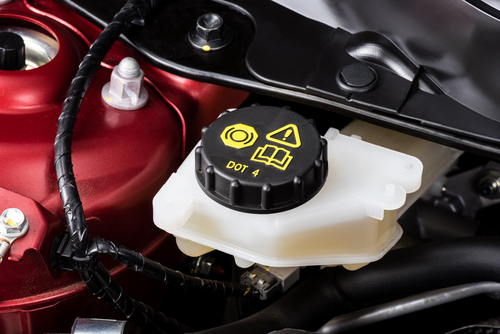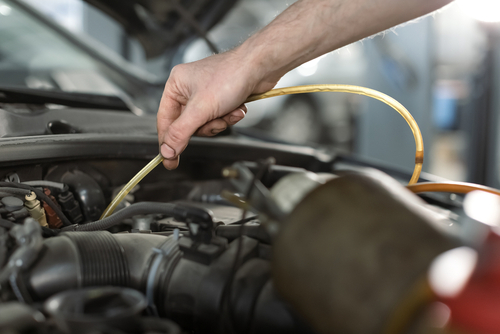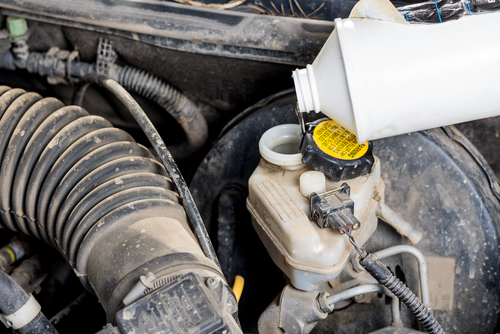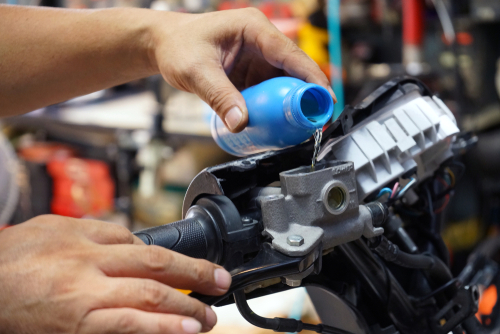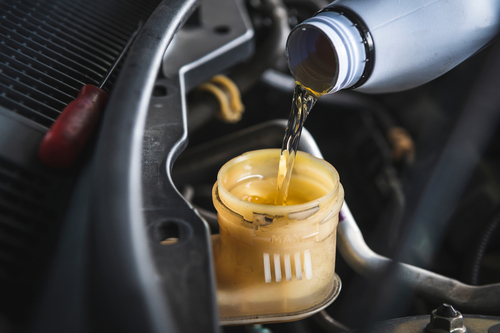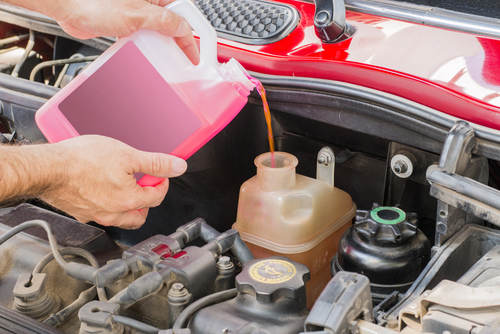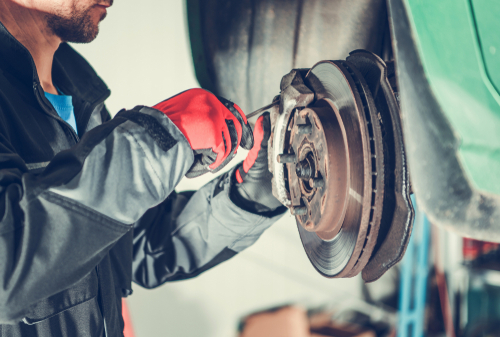You may have noticed that the color of your brake fluid changes over time. Perhaps you’ve seen brake fluid for sale and have noticed that there are different colors available. If you own a car, it’s a wise idea to maintain the brake system and regularly monitor your brake fluid. Keeping an eye on your brake fluid and replacing it when necessary should be part of being a responsible motorist.
This article will tell you everything you need to know about the color of brake fluid. Brake fluid can change color as it goes bad. There are also various brake fluids on the market, all of which are slightly different colors. We’ll tell you about the various brake fluid option and how to know if your brake fluid needs changing.
Why is brake fluid color important?
Knowing what color brake fluid is and recognizing color changes that indicate that the fluids old are important. The same goes for oil color or transmission fluid color. This information will help you to change the brake fluid at the correct time.
The precise color of the brake fluid differs slightly depending on which type you’re using. Brake fluid can also change color as it ages. Regular heating and braking causes the brake fluid to become darker with age. Other factors, such as moisture, can also affect your brake fluid’s color.
What color is brake fluid
There are three different kinds of brake fluid, which have slight color variations. DOT 3, DOT4, and DOT5 brake fluids have a very similar color, while dot 5.1 is slightly different. Brake fluid generally starts off life being a clear color or slightly yellow; it gets darker as it ages. Brake fluid, which has been around a while, will vary from an amber color to a dark brown. Let’s look at the different types of brake fluids and their colors.
DOT 3
One of the most common types of brake fluid is known as DOT 3. This is a poly glycol-based fluid, which was one of the first brake fluid products to be developed. DOT 3 is now losing popularity as more sophisticated brake fluids are being produced. DOT 3 can withstand high temperatures and has a boiling point of 205°C. This product’s wet boiling point is also relatively high at 140°C.
When new DOT 3 brake fluid is clear in color and can appear almost bluish. It’s most suitable for van and small trucks and can also be used in cars. This brake fluid is compatible with all the other brake fluid types but shouldn’t be used with DOT 5. It can absorb moisture from the environment, and this will reduce its boiling point.
DOT 4
Dot 4 is very similar to Dot 3 in that it is also poly glycol-based. It has a slightly higher boiling point of 230°C when dry and a 155°C when wet. DOT 4 is most commonly used in medium-sized vehicles and vehicles that are used for towing. DOT 4 is beneficial for cars that have ABS systems or high-speed braking systems.
This commonly used braking fluid should be handled with care as it can damage a vehicle’s paintwork. DOT 4 brake fluid is clear in color with a slightly yellow tinge.
DOT 5
DOT 5 varies slightly from other brake fluids as it’s silicone-based rather than poly glycol. It also has a higher boiling point than other brake fluids, with minimum boiling points of 180°C when wet and 260°C dry. DOT 5 is commonly used in the military for tanks and other heavy vehicles. It’s also common in antique cars and isn’t suitable for ABS systems.
While DOT 5 is a good choice for many vehicles, it does also have its disadvantages. This brake fluid often absorbs air, which can give the car a poor pedal feeling while driving. This sensation makes the braking fluid unsuitable for racing cars as it compresses when exposed to high temperatures.
If moisture or water gets into DOT 5 brake fluid, it can cause issues. Water and DOT 5 can create gas, cause freezing and severe corrosion. This is because water doesn’t mix well with silicone fluids, as it’s heavier. DOT 5 brake fluid has a transparent color, which is slightly yellowish.
DOT 5.1
DOT 5.1 brake fluid is most commonly used in racing cars as it can withstand high temperatures. It’s a poly glycol-based fluid that is amber in color. Its minimum dry boiling point is 270°C while the wet boiling point is 190°C. DOT 5.1 is also used in towing vehicles, vans, and trucks.
Signs that the brake fluid is bad
Brake fluid should be checked regularly to ensure that it hasn’t gone bad. You may have noticed that your brake fluid changes color as it ages or goes bad. Old brake fluid looks darker and can be very brown; this is a sign that it needs replacing.
There are many other signs that your brake fluid is bad and needs changing. These include the following:
Changes in how it feels to brake.
You may have noticed that your brake pedal feels softer due to moisture build-up in the brake fluid. This will cause the brake fluid to boil, which creates air in the brake line and changes the braking sensation.
Brake failure
If you’ve been driving around with dirty brake fluid, your vehicle may have suffered from internal corrosion. This is likely to have affected the master cylinder, calipers, and brake lines. In the long term, your car will suffer from damage to the brake system and even brake failure, which can be very dangerous.
Conclusion
As a vehicle owner, you must regularly check your brake fluid. The color of the brake fluid is a significant indication of whether or not it has gone bad. While brake fluid is generally long-lasting, it’s essential to change it when necessary. Failure to do so could affect your braking quality.
If you have checked or replaced your brake fluid, you must ensure the brake fluid reservoir cap is tightened. If you don’t close this cap properly, it can let grime, such as dirt and debris to enter your braking system.
To answer the question, ‘what color is brake fluid?’ Most brake fluid is clear when new, although many have a slight yellowish tinge. DOT 5.1 brake fluid is an amber color.
The brake fluid’s color will darken with time as it absorbs debris and moisture. If you’re unsure how to check or change your brake fluid, you can call on the help of a professional mechanic. This will help ensure that your car remains safe and road worthy.

